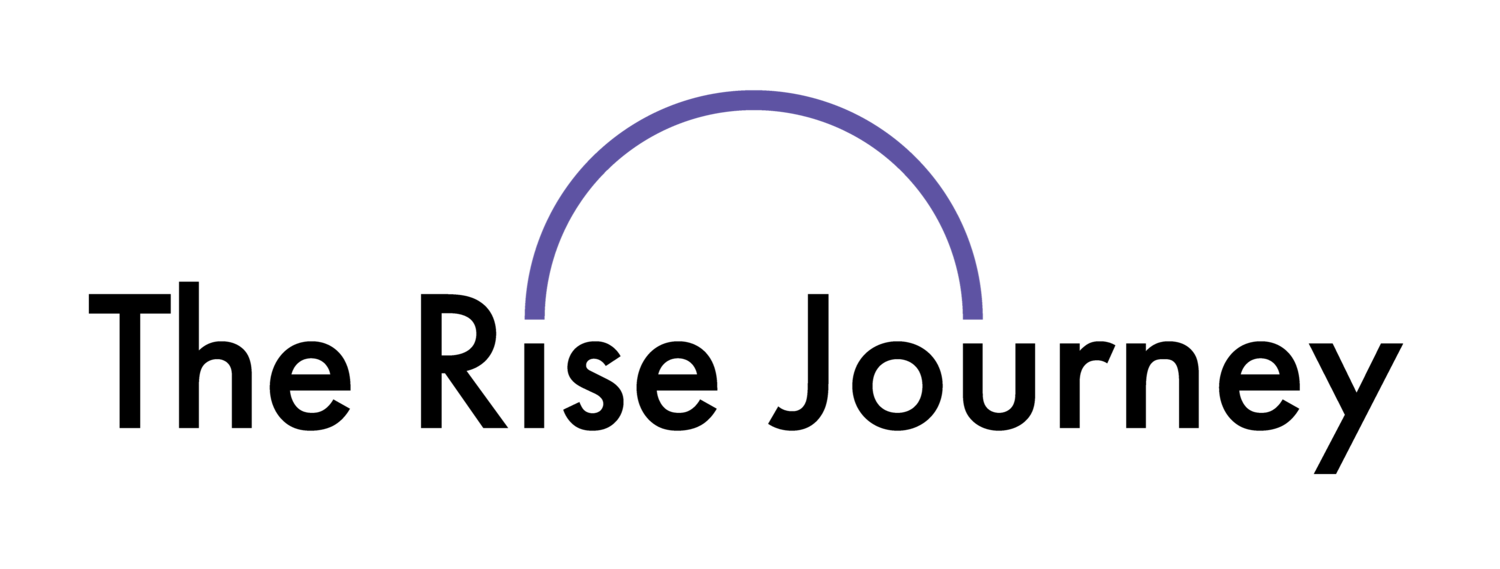New Year, New Us
The new year brings the promise of many positive changes: vaccines and the return of some semblance of normality, a new administration, a recovering economy, a shift toward a more flexible work life.
It also brings new intentions, goals, resolutions, and plans — personally, professionally, and for our organizations.
Although we know many of these well-intentioned efforts are likely to lose their intensity over the coming weeks and months, the goals we’re prioritizing are worthwhile and meaningful.
One proven way to ensure these efforts stick around for the long haul is to approach new endeavors with a beginner’s mindset, also known as shoshin (or in a similar vein, what Carol Dweck defines as a growth mindset).
The point: an open-minded approach to growth. Learn something new, embrace the unknown, encourage your curiosity, view risks as experimentation.
Other ways to keep your momentum?
Understand your “why” (and use your values as your north star)
Create a big, inspiring vision...
...but focus on small wins.
To provide a real-life example, we recently hosted a beginner diversity & inclusion workshop for an organization just starting out on their DEI and organizational culture development journey.
This workshop focuses on the very basics:
How to approach DEI work (creating brave spaces, conversation guidelines)
The learning process and greater context within the organization
Core terminology & DEI concepts
Taking the time to acknowledge that we are beginning with different levels of knowledge, comfort, and experiences is the best way to make sure we bring everyone along the journey together — and increase the likelihood of creating real, lasting change. Of making this work, work.
Progress is possible if we collectively embrace a beginner’s mindset.
Consider the first 100 days of 2021, what would you like to accomplish? How can you approach these goals with a beginner’s perspective?
Cheers to a new year, and cheers to learning something new.
